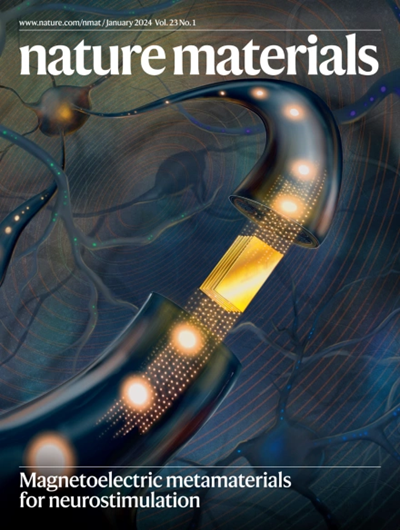Stabilized perovskite phases enabling efficient perovskite/perovskite/silicon triple-junction solar cells.
IF 38.5
1区 材料科学
Q1 CHEMISTRY, PHYSICAL
引用次数: 0
Abstract
Perovskite/perovskite/silicon triple-junction solar cells offer notable potential for high power output at low cost, yet their development is hindered by the phase instability of perovskites, which limits both device reproducibility and performance. The ~1.50-eV formamidinium lead triiodide (FAPbI3)-based middle layer degrades during subsequent fabrication steps, and the ~2.0-eV bromide-rich top layer suffers from light-induced phase segregation. Here we address these challenges by introducing ammonium propionic acid to enhance the phase stability in both perovskite layers. This strategy raises the phase transition energy barrier and suppresses vacancy defect formation through additional bonding with lattice cations. These improvements mitigate phase instabilities and enhance the power conversion efficiency of devices based on the modified perovskite films. As a result, perovskite/perovskite/silicon triple-junction solar cells achieve a power conversion efficiency of 28.7% on a 1-cm2 aperture area, with substantially improved reproducibility.稳定的钙钛矿相能够实现高效的钙钛矿/钙钛矿/硅三结太阳能电池。
钙钛矿/钙钛矿/硅三结太阳能电池具有显著的低成本高功率输出潜力,但它们的发展受到钙钛矿相不稳定性的阻碍,这限制了器件的可重复性和性能。~1.50 ev的formamidinium triioide (FAPbI3)基中间层在随后的制造步骤中会降解,而~2.0 ev的富溴顶层会发生光致相偏析。在这里,我们通过引入丙酸铵来提高钙钛矿层的相稳定性来解决这些挑战。该策略提高了相变能垒,并通过与晶格阳离子的附加键合抑制了空位缺陷的形成。这些改进减轻了相不稳定性,提高了基于改性钙钛矿薄膜的器件的功率转换效率。因此,钙钛矿/钙钛矿/硅三结太阳能电池在1 cm2孔径面积上实现了28.7%的功率转换效率,并大大提高了再现性。
本文章由计算机程序翻译,如有差异,请以英文原文为准。
求助全文
约1分钟内获得全文
求助全文
来源期刊

Nature Materials
工程技术-材料科学:综合
CiteScore
62.20
自引率
0.70%
发文量
221
审稿时长
3.2 months
期刊介绍:
Nature Materials is a monthly multi-disciplinary journal aimed at bringing together cutting-edge research across the entire spectrum of materials science and engineering. It covers all applied and fundamental aspects of the synthesis/processing, structure/composition, properties, and performance of materials. The journal recognizes that materials research has an increasing impact on classical disciplines such as physics, chemistry, and biology.
Additionally, Nature Materials provides a forum for the development of a common identity among materials scientists and encourages interdisciplinary collaboration. It takes an integrated and balanced approach to all areas of materials research, fostering the exchange of ideas between scientists involved in different disciplines.
Nature Materials is an invaluable resource for scientists in academia and industry who are active in discovering and developing materials and materials-related concepts. It offers engaging and informative papers of exceptional significance and quality, with the aim of influencing the development of society in the future.
 求助内容:
求助内容: 应助结果提醒方式:
应助结果提醒方式:


